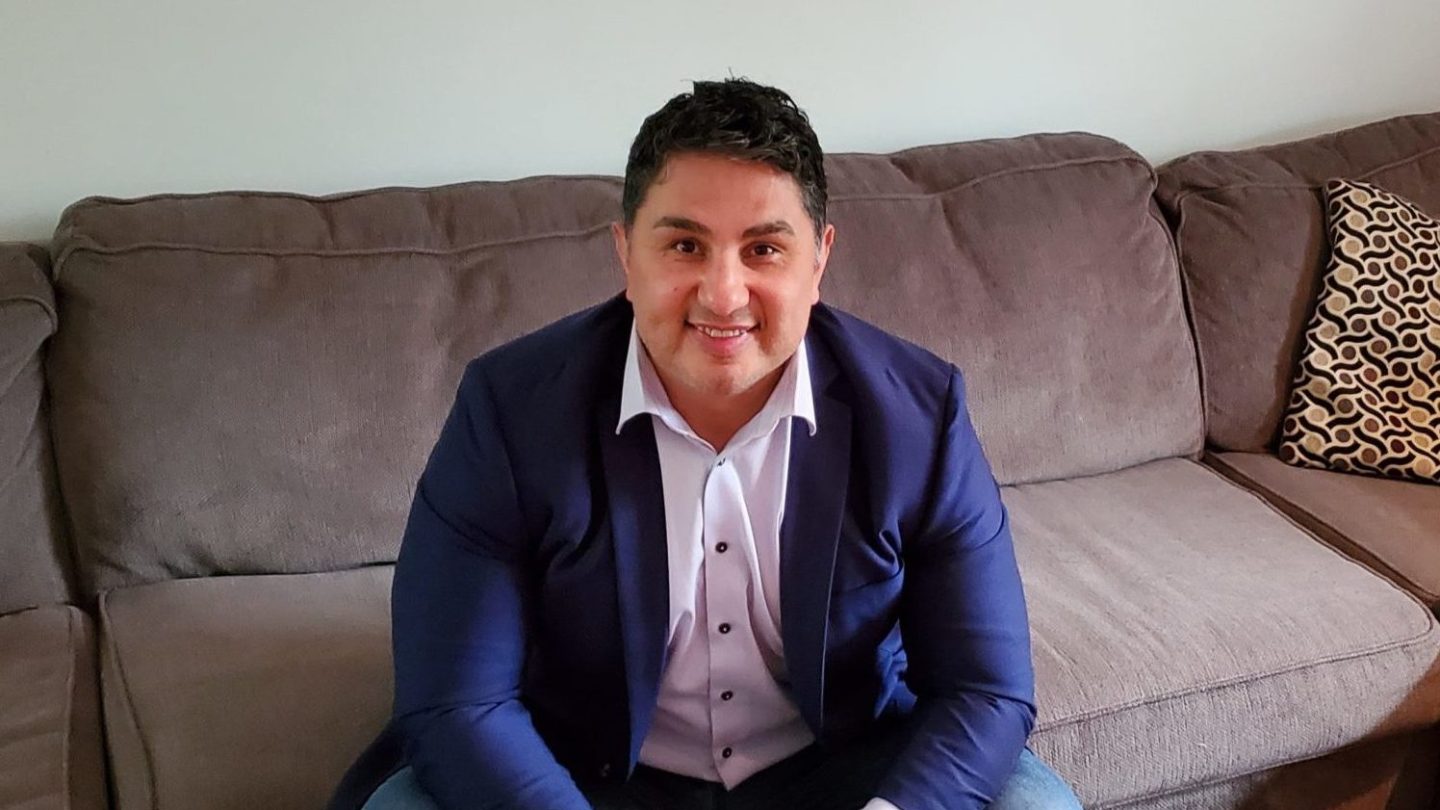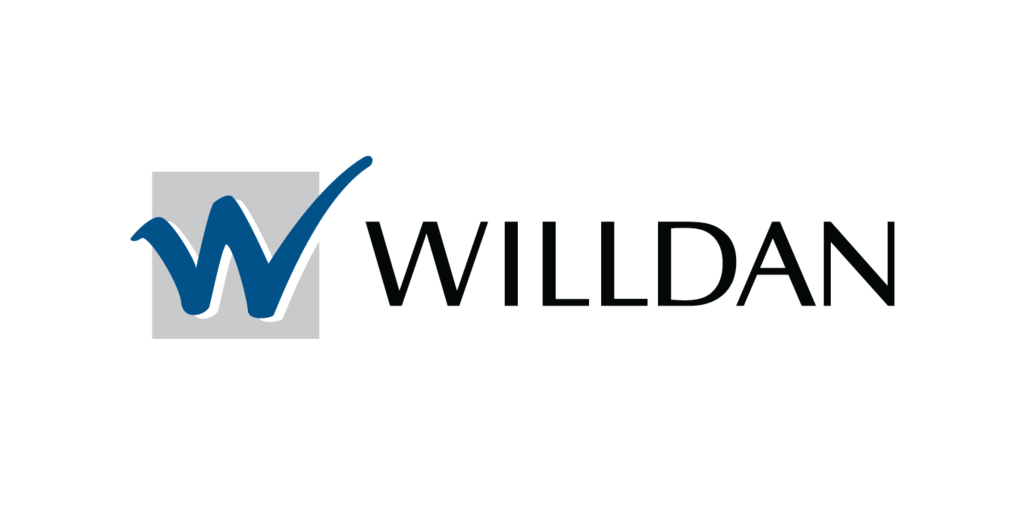Collaboration key to unlocking greater resource sector prosperity and environmental protection

“My vision, or I would hope everybody’s vision, is that together we’re stronger,” said Chris Sankey, CEO of Blackfish Enterprises and former elected councillor of the Lax Kw’alaams First Nation, during a recent panel discussion at the Canadian Club in Toronto. “If we can form this partnership, Canada and the Indigenous population can become the next global energy powerhouse.”
Sankey grew up in poverty along B.C.’s picturesque northwest coast. His childhood experiences influenced his views on environmental protection and prosperity. He now provides strategic planning services to the energy sector on engagement with Indigenous communities.
“It’s not fun watching people live in poverty,” he said. “If you can get alignment, which I’m tasked to do right now, we de-risk projects and attract investment.”
Cooperation between industry and Indigenous communities leads to economic strength, said Sankey. That means more jobs and more tax revenue for government.
Enhanced communication between Indigenous communities is also needed, he said.
“Energy literacy is sorely missing, not just within our communities but across the country,” he said.
Sankey lamented the loss of the proposed $36 billion Pacific Northwest LNG export project near Prince Rupert, which was cancelled in July 2017 by developers citing market conditions after two First Nations and an environmental group filed separate judicial review applications in 2016, according to a media report. Another challenge was filed in January 2017.
The project would have provided many economic and social benefits to people in Sankey’s home territory – including approximately $1.65 million every year for trades and post-secondary training for the lifetime of the project.
“It wasn’t just about the project,” Sankey says. “It was about growing our own capacity so that we become the operators and owners of the business.”
Since then, Indigenous communities are becoming increasingly important players in Canadian oil and gas.
“Based on my conversation with our communities, they recognize what we lost, especially when we see our Haisla brothers and sisters continue to find success in this space. It was the site PNW LNG chose that was the issue and not that of a project,” Sankey says.
“More importantly, both government and industry recognize the import role Indigenous communities play when it comes to responsible resource development. I cannot stress it enough – alignment, equity, a seat and a say in collaboration with Indigenous communities are keys to attracting investment. It must be meaningful and not a check off the box.”
The proposed $3 billion Cedar LNG facility in Kitimat, 50 per cent owned by the Haisla Nation, has received regulatory approval to proceed under 250 binding conditions and could be in operation by 2027.
To the north, the Nisga’a Nation near Prince Rupert and its partners have proposed the $10 billion Ksi Lisims LNG terminal on Pearse Island – the project has entered B.C.’s environmental review process.
Sixteen elected First Nation governments along the $14.5 billion Coastal GasLink pipeline, which will feed natural gas to LNG Canada and Cedar LNG, have signed a 10 per cent ownership stake once the project is completed in 2023.
Around $1.5 billion in contracts have been awarded to Indigenous and local businesses related to Coastal GasLink. Together, the Trans Mountain Pipeline expansion, LNG Canada and Coastal GasLink have spent around $9 billion with Indigenous-owned and local businesses.
In Alberta, 23 First Nation and Metis communities are investing $1.1 billion to become 12 per cent owners of seven operating Enbridge oil sands pipelines, the largest Indigenous energy transaction ever in North America.
In the end, oil and gas are a critical part of life – from clothing to medical supplies to buildings, said Sankey.
“Oil and gas aren’t going anywhere for a very long time,” he said.
Share This:





